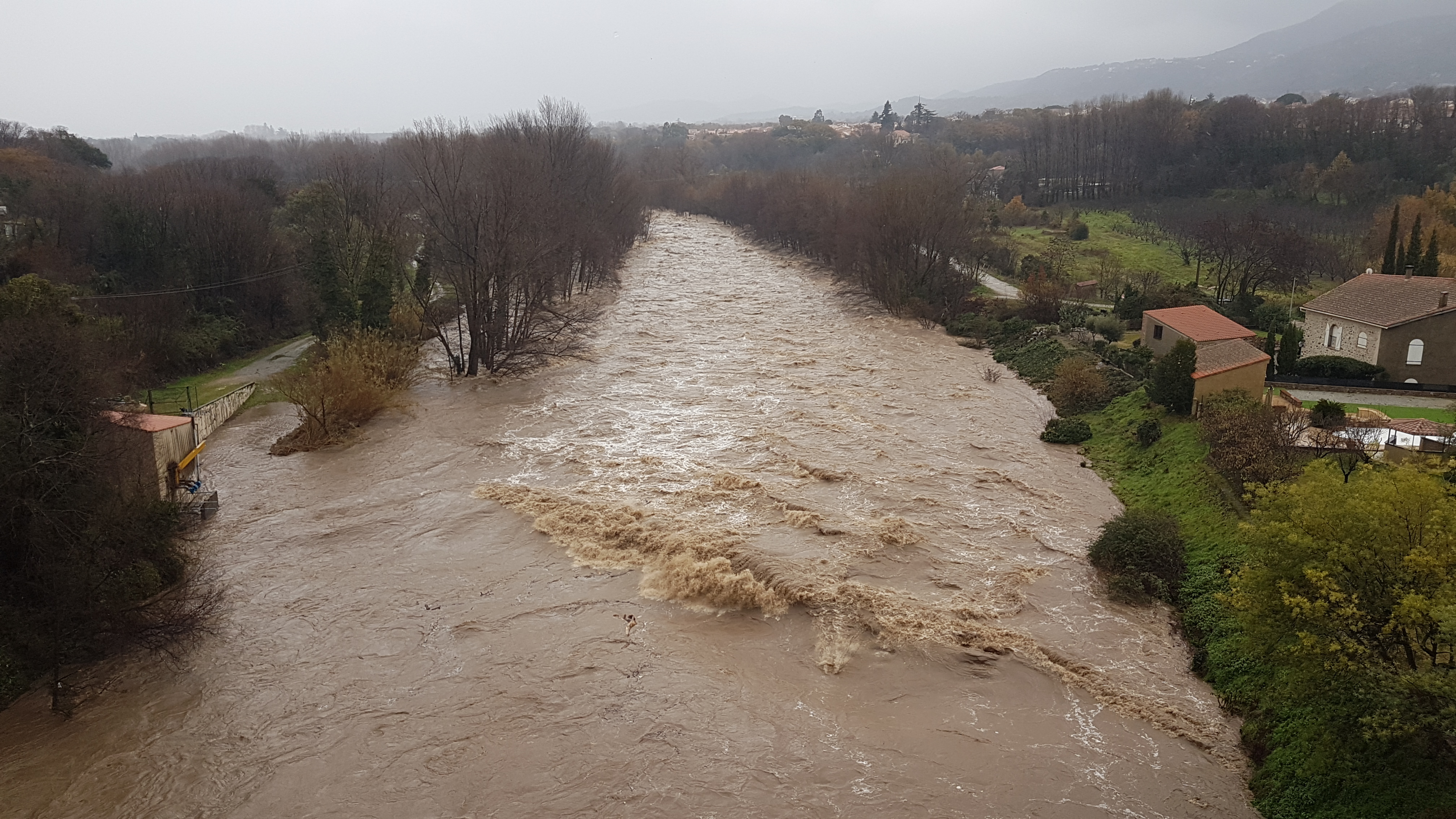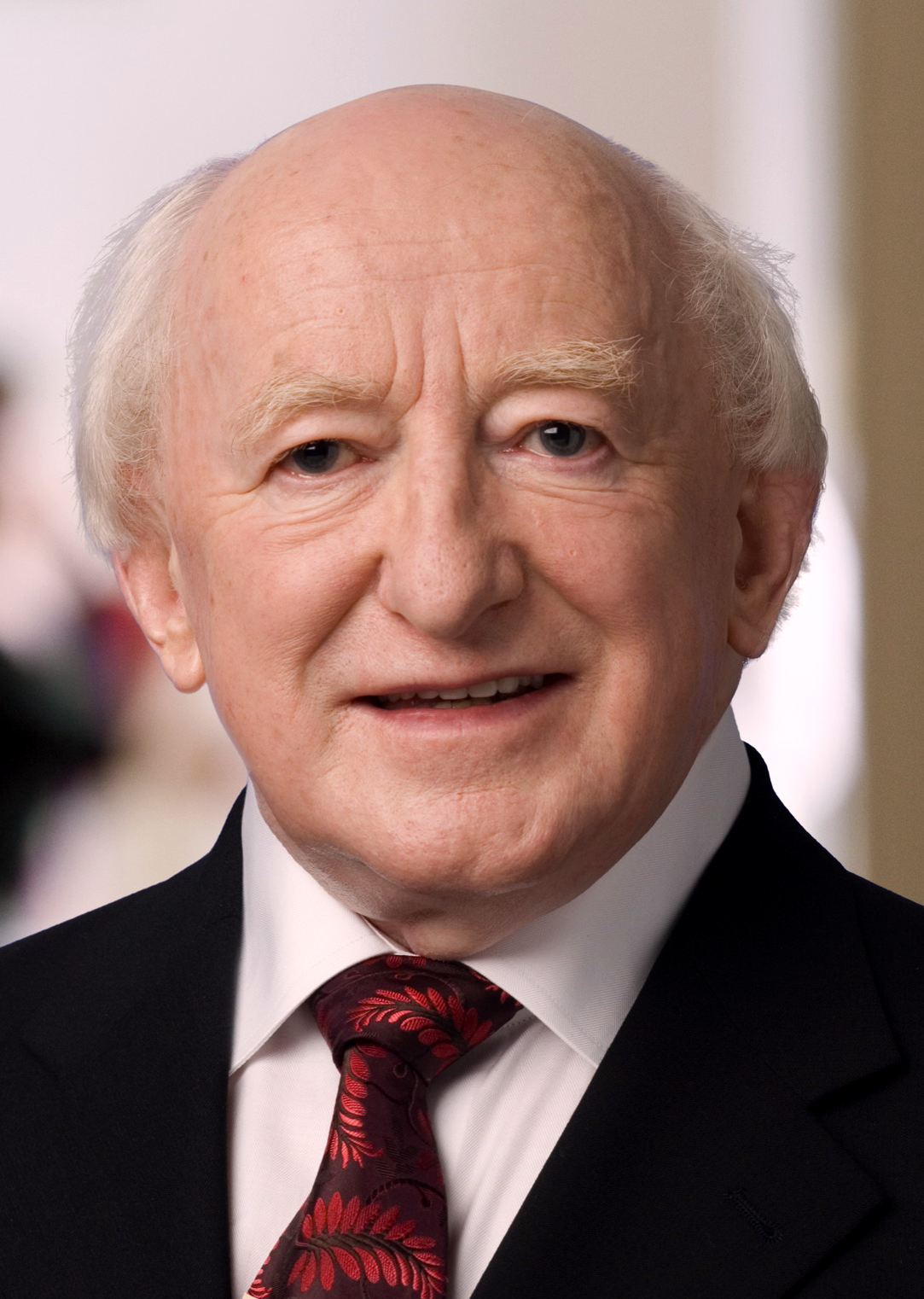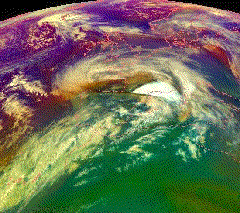|
Storm Alex
Storm Alex was a powerful early-season extratropical cyclone that was particularly notable for its extreme flooding around the Mediterranean. Alex caused widespread wind and flooding damage across Europe, and at least 16 fatalities, with one more 1 person missing. Alex was the first named storm in the 2020–21 European windstorm season. Originally, a minor low-pressure system to the south west of Greenland late on 27 September. This pressure system tracked south eastwards, experiencing the Fujiwhara effect and then undergoing explosive cyclogenesis before making landfall in Brittany on 1 October. It was named by AEMET and Météo-France on 30 September, with Red warnings being issued for wind for parts of Northern France from 16:00 CET on 1 October. The storm led to advection of Mediterranean air northwards where it interacted with the coastal topography producing an extremely heavy rainfall in southeast France, known as a "Mediterranean Episode". This brought record breaking fl ... [...More Info...] [...Related Items...] OR: [Wikipedia] [Google] [Baidu] |
Extratropical Cyclone
Extratropical cyclones, sometimes called mid-latitude cyclones or wave cyclones, are low-pressure areas which, along with the anticyclones of high-pressure areas, drive the weather over much of the Earth. Extratropical cyclones are capable of producing anything from cloudiness and mild showers to severe gales, thunderstorms, blizzards, and tornadoes. These types of cyclones are defined as large scale (synoptic) low pressure weather systems that occur in the middle latitudes of the Earth. In contrast with tropical cyclones, extratropical cyclones produce rapid changes in temperature and dew point along broad lines, called weather fronts, about the center of the cyclone. Terminology The term " cyclone" applies to numerous types of low pressure areas, one of which is the extratropical cyclone. The descriptor ''extratropical'' signifies that this type of cyclone generally occurs outside the tropics and in the middle latitudes of Earth between 30° and 60° latitude. They are term ... [...More Info...] [...Related Items...] OR: [Wikipedia] [Google] [Baidu] |
Storm Gloria
Storm Gloria was a Mediterranean storm which affected eastern Spain and southernmost France with high winds and heavy rainfall. The system was named ''Gloria'' by the Spanish meteorological agency AEMET on 18 January, becoming the tenth named storm of the 2019–20 European windstorm season. The Free University of Berlin named the system ''Ilka''. After making landfall and crossing northern Spain as a weak cyclone, Gloria stalled for several days over the western Mediterranean Sea, bringing heavy rainfall, snowfall and high winds to many areas across southern Europe and north Africa. Southeastern Spain and the Balearic Islands were particularly hard-hit by flooding associated with Gloria between 19 and 21 January. In total across Spain, 13 people were killed while four more remain missing. Meteorological history The system that would eventually become Storm Gloria was first noted as a developing complex of low-pressure systems over the central United States on 9 January; ... [...More Info...] [...Related Items...] OR: [Wikipedia] [Google] [Baidu] |
Weather Events In Ireland
Weather is the state of the atmosphere, describing for example the degree to which it is hot or cold, wet or dry, calm or stormy, clear or cloudy. On Earth, most weather phenomena occur in the lowest layer of the planet's atmosphere, the troposphere, just below the stratosphere. Weather refers to day-to-day temperature, precipitation, and other atmospheric conditions, whereas climate is the term for the averaging of atmospheric conditions over longer periods of time. When used without qualification, "weather" is generally understood to mean the weather of Earth. Weather is driven by air pressure, temperature, and moisture differences between one place and another. These differences can occur due to the Sun's angle at any particular spot, which varies with latitude. The strong temperature contrast between polar and tropical air gives rise to the largest scale atmospheric circulations: the Hadley cell, the Ferrel cell, the polar cell, and the jet stream. Weather systems in ... [...More Info...] [...Related Items...] OR: [Wikipedia] [Google] [Baidu] |
Floods In Ireland
A flood is an overflow of water ( or rarely other fluids) that submerges land that is usually dry. In the sense of "flowing water", the word may also be applied to the inflow of the tide. Floods are an area of study of the discipline hydrology and are of significant concern in agriculture, civil engineering and public health. Human changes to the environment often increase the intensity and frequency of flooding, for example land use changes such as deforestation and removal of wetlands, changes in waterway course or flood controls such as with levees, and larger environmental issues such as climate change and sea level rise. In particular climate change's increased rainfall and extreme weather events increases the severity of other causes for flooding, resulting in more intense floods and increased flood risk. Flooding may occur as an overflow of water from water bodies, such as a river, lake, or ocean, in which the water overtops or breaks levees, resulting in some of t ... [...More Info...] [...Related Items...] OR: [Wikipedia] [Google] [Baidu] |
February 2020 Events In The United Kingdom
February is the second month of the year in the Julian calendar, Julian and Gregorian calendars. The month has 28 days in common years or 29 in leap years, with the 29th day being called the ''leap day''. It is the first of five months not to have 31 days (the other four being April, June, September, and November) and the only one to have fewer than 30 days. February is the third and last month of meteorological winter in the Northern Hemisphere. In the Southern Hemisphere, February is the third and last month of meteorological summer (being the seasonal equivalent of what is August in the Northern Hemisphere). Pronunciation "February" is pronounced in several different ways. The beginning of the word is commonly pronounced either as or ; many people drop the first "r", replacing it with , as if it were spelled "Febuary". This comes about by analogy with "January" (), as well as by a dissimilation effect whereby having two "r"s close to each other causes one to change. The ... [...More Info...] [...Related Items...] OR: [Wikipedia] [Google] [Baidu] |
February 2020 Events In Europe
February is the second month of the year in the Julian and Gregorian calendars. The month has 28 days in common years or 29 in leap years, with the 29th day being called the ''leap day''. It is the first of five months not to have 31 days (the other four being April, June, September, and November) and the only one to have fewer than 30 days. February is the third and last month of meteorological winter in the Northern Hemisphere. In the Southern Hemisphere, February is the third and last month of meteorological summer (being the seasonal equivalent of what is August in the Northern Hemisphere). Pronunciation "February" is pronounced in several different ways. The beginning of the word is commonly pronounced either as or ; many people drop the first "r", replacing it with , as if it were spelled "Febuary". This comes about by analogy with "January" (), as well as by a dissimilation effect whereby having two "r"s close to each other causes one to change. The ending of the ... [...More Info...] [...Related Items...] OR: [Wikipedia] [Google] [Baidu] |
2020 In Ireland
Events during the year 2020 in Ireland. As in most of the world, the COVID-19 pandemic dominated events in Ireland during this year. Incumbents * President: Michael D. Higgins * Taoiseach: **Leo Varadkar ( FG) (until 27 June 2020) **Micheál Martin ( FF) (from 27 June 2020) * Tánaiste: **Simon Coveney ( FG) (until 27 June 2020) **Leo Varadkar ( FG) (from 27 June 2020) * Minister for Finance: Paschal Donohoe ( FG) * Chief Justice: Frank Clarke * Dáil: ** 32nd (until 14 January 2020) ** 33rd (from 20 February 2020) * Seanad: ** 25th (until 27 March 2020) ** 26th (from 27 June 2020) Events January * 1 January – With odds of a million to one, Annmarie Byrne-Ryan gave birth to identical triplets at the Rotunda Hospital in Dublin. * 2 January – Tánaiste Simon Coveney and NI Secretary Julian Smith held meetings with the five main Stormont parties in an effort to restore devolved government. * 3 January – It was revealed that the FAI left the Gardaí al ... [...More Info...] [...Related Items...] OR: [Wikipedia] [Google] [Baidu] |
European Windstorms
European windstorms are powerful extratropical cyclones which form as cyclonic windstorms associated with areas of low atmospheric pressure. They can occur throughout the year, but are most frequent between October and March, with peak intensity in the winter months. Deep areas of low pressure are common over the North Atlantic, and occasionally start as nor'easters off the New England coast. They frequently track across the North Atlantic Ocean towards the north of Scotland and into the Norwegian Sea, which generally minimizes the impact to inland areas; however, if the track is further south, it may cause adverse weather conditions across Central Europe, Northern Europe and especially Western Europe. The countries most commonly affected include the United Kingdom, Ireland, the Netherlands, Norway, Germany, the Faroe Islands and Iceland. The strong wind phenomena intrinsic to European windstorms, that give rise to "damage footprints" at the surface, can be placed into three cat ... [...More Info...] [...Related Items...] OR: [Wikipedia] [Google] [Baidu] |
Weather Events In The United Kingdom
Weather is the state of the atmosphere, describing for example the degree to which it is hot or cold, wet or dry, calm or stormy, clear or cloudy. On Earth, most weather phenomena occur in the lowest layer of the planet's atmosphere, the troposphere, just below the stratosphere. Weather refers to day-to-day temperature, precipitation, and other atmospheric conditions, whereas climate is the term for the averaging of atmospheric conditions over longer periods of time. When used without qualification, "weather" is generally understood to mean the weather of Earth. Weather is driven by air pressure, temperature, and moisture differences between one place and another. These differences can occur due to the Sun's angle at any particular spot, which varies with latitude. The strong temperature contrast between polar and tropical air gives rise to the largest scale atmospheric circulations: the Hadley cell, the Ferrel cell, the polar cell, and the jet stream. Weather systems in ... [...More Info...] [...Related Items...] OR: [Wikipedia] [Google] [Baidu] |








